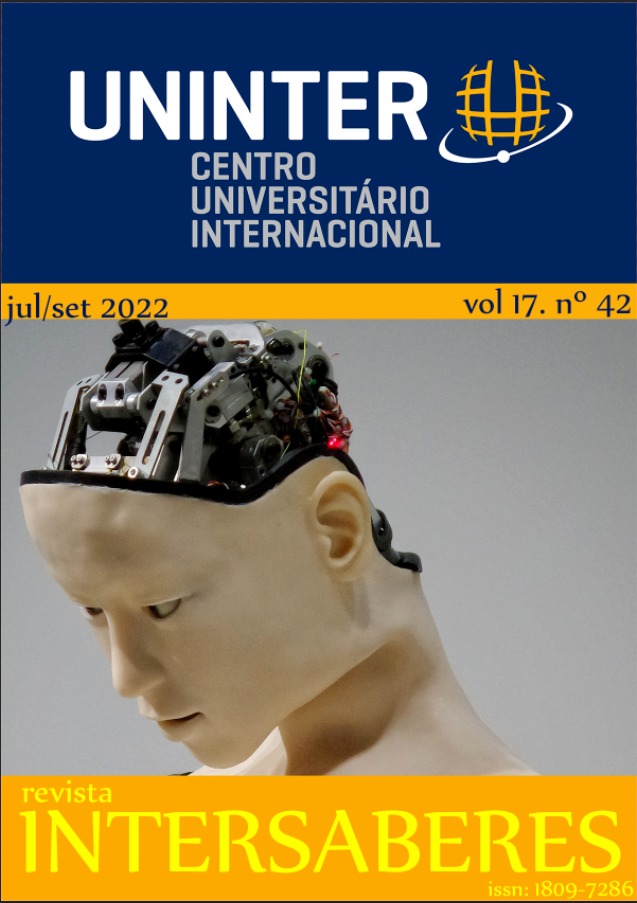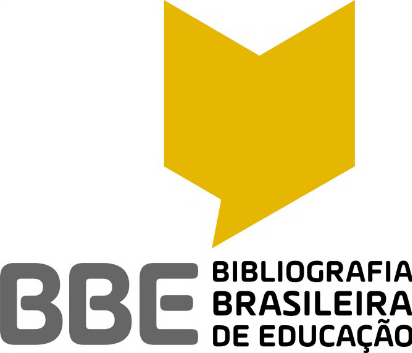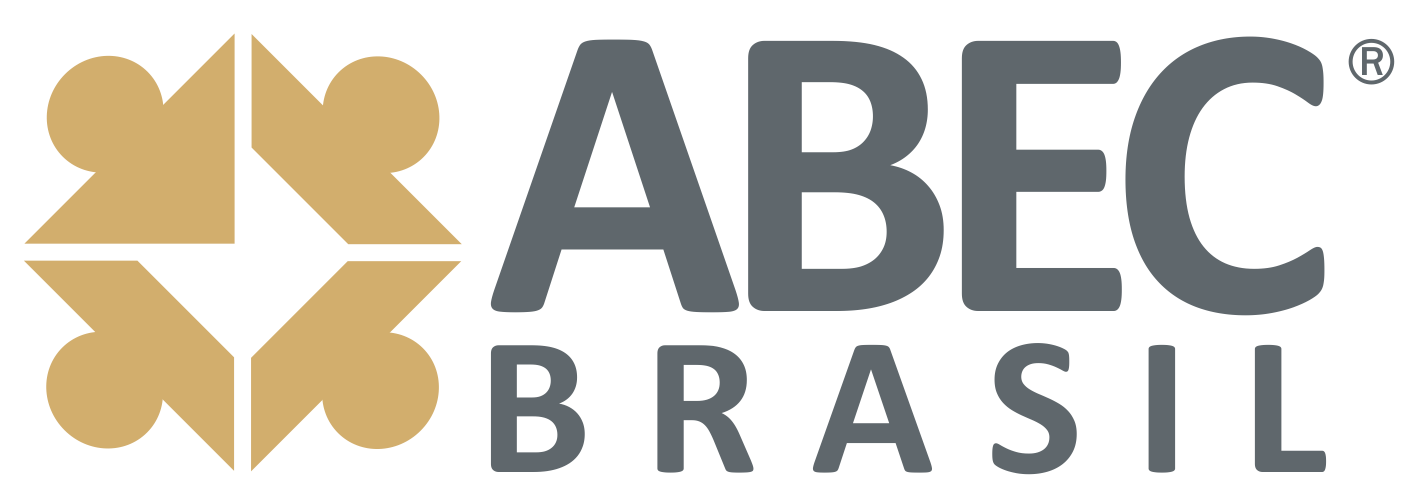Arquitetura pedagógica e o uso de objetos digitais de aprendizagem:computação afetiva em ambientes virtuais de aprendizagem
DOI:
https://doi.org/10.22169/revint.v17i42.2386Keywords:
Aprendizagem significativa; Sentimento de pertencimento; Ergonomia cognitiva; Ciberespaço; TDIC.Abstract
In this research, we sought to discuss a pedagogical need that has been rapidly highlighting education in recent years and, mainly due to the phenomenon of the pandemic caused by coronavirus: the urgency of virtual learning environments capable of potentiating the sense of belonging in students. Faced with this issue, the ultimate objective of this research was to idealize a Digital Learning Object (DLO), the pain of students of a Higher Education Institution (HEIs). The aim was to present a proposal for a situational DLO, in order to enhance the use of the Virtual Learning Environment (VLE) itself, and to instigate the feeling of belonging to a (virtual) place between teacher and student, that is, the affective relationship even in cyberspace. For this, the question was asked: how would the affective relationship be possible through a virtual environment that seeks to promote learning? The methodological basis of this research was subdivided into three moments and by means of a triangular nature: bibliographic, qualitative and exploratory-retrodutive (to build a hypothesis). In general, the result achieved in this research shows that there are some factors that should be considered in the affective relationship and the feeling of belonging among students: the quality of Internet access, the pedagogical architecture of the virtual environment and the neurocognitive experience with digital objects. Finally, a proposal for a digital learning object called "Conecta Mais" was highlighted and that it is in the pilot phase of application in a Higher Education Institution of the State of Paraná.
Downloads
Downloads
Published
How to Cite
Issue
Section
License
Os direitos autorais dos artigos publicados na Revista são de acordo com a licença CC-BY-ND - Creative Commons ( https://creativecommons.org/licenses/by-nd/4.0/legalcode)
Esta licença permite que outras pessoas reutilizem o trabalho para qualquer finalidade, inclusive comercialmente; no entanto, não pode ser compartilhado com outras pessoas de forma adaptada e o crédito deve ser fornecido ao autor.
Os direitos autorais dos artigos publicados na Revista são do autor, com os direitos de primeira publicação para a Revista





























